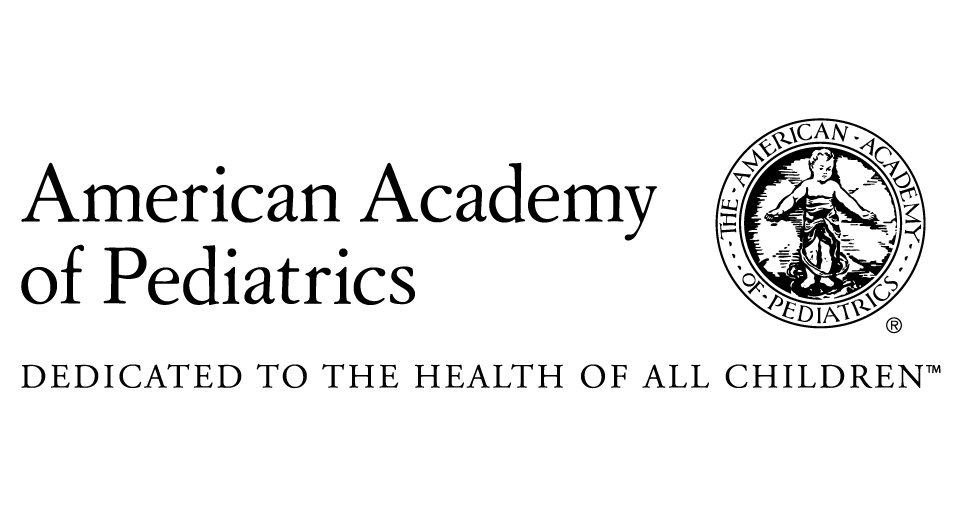 The policy released by AAP defines Racism as a “system of structuring opportunity and assigning value based on the social interpretation of how one looks (which is what we call ‘race’) that unfairly disadvantages some individuals and communities, unfairly advantages other individuals and communities, and saps the strength of the whole society through the waste of human resources.”
The policy released by AAP defines Racism as a “system of structuring opportunity and assigning value based on the social interpretation of how one looks (which is what we call ‘race’) that unfairly disadvantages some individuals and communities, unfairly advantages other individuals and communities, and saps the strength of the whole society through the waste of human resources.”
Dr. Maria Trent, a professor of pediatrics at Johns Hopkins School of Medicine, who was one of the co-authors of the statement, called racism a "socially transmitted disease. It is taught and it is passed down, but the impacts on children and families are significant from a health perspective."
According to the statement, The impact of racism has been linked to birth disparities and mental health problems in children and adolescents.6,24–30 The biological mechanism that emerges from chronic stress leads to increased and prolonged levels of exposure to stress hormones and oxidative stress at the cellular level. Prolonged exposure to stress hormones, such as cortisol, leads to inflammatory reactions that predispose individuals to chronic disease.31 As an example, racial disparities in the infant mortality rate remain,32 and the complications of low birth weight have been associated with perceived racial discrimination and maternal stress.25,33,34
The statement directs pediatricians to consider their own practices from this perspective. “It’s not just the academy telling other people what to do, but examining ourselves,” Dr. Trent said.
It is imperative that pediatric clinical settings make everyone feel they are welcome. You can display images of diverse families on your walls and post signs in multiple languages. The toys, books, and videos in the waiting room should be multicultural as well.
Care should be provided in different languages. Does your staff represent the diverse patient populations they are treating? Everyone from the reception desk to the clinical staff seeing patients in the exam rooms should be trained in culturally competent care. Ask yourself, have you created a safe and welcoming space for all patients?
Clinical staff must examine and acknowledge their own biases as well as embrace and advocate for innovative policies throughout their communities.
To read the full statement policy by AAP, click here.

